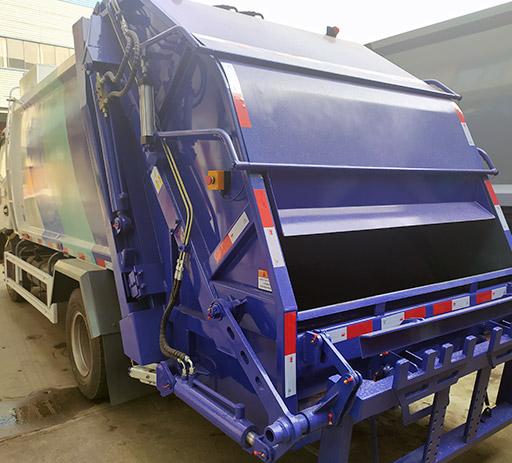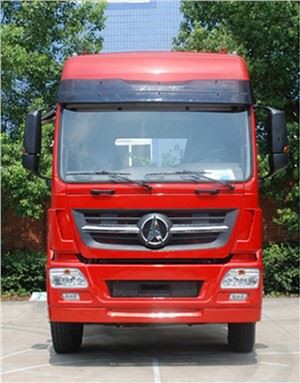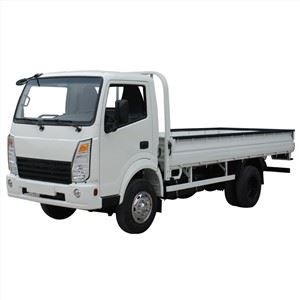Ultimate Guide to Tipper Carts: Versatile Solutions for Transporting Materials
Introduction
Tipper carts, also known as dump carts or tipping trailers, are essential tools for various applications, from agriculture to construction. They offer a convenient way to transport a wide range of materials, including soil, gravel, and lumber. In this comprehensive guide, we will delve into the intricacies of tipper carts, exploring their benefits, types, features, and best practices for use. Whether you are a farmer, contractor, or DIY enthusiast, this article will provide valuable insights to help you make the most of your tipper cart investment.
What is a Tipper Cart?
A tipper cart is a wheeled cart designed to carry and unload materials easily. Its key feature is a tipping mechanism that allows the cart bed to tilt, enabling the contents to slide out with minimal effort. Tipper carts come in various sizes and designs, suitable for different applications and terrains.
Types of Tipper Carts
Understanding the different types of tipper carts can help you choose the right one for your needs. Below are the most common types:
1. Manual Tipper Carts
Manual tipper carts are operated by hand, requiring physical effort to tip the cart and unload its contents. They are ideal for small scale operations where manpower is available.
2. Electric Tipper Carts
Electric tipper carts feature battery-powered mechanisms for tipping the load. They are easier to operate and require less physical exertion, making them suitable for larger tasks or for individuals with limited strength.
3. Hydraulic Tipper Carts
Hydraulic tipper carts utilize hydraulic systems to lift and tilt the cart bed. These are typically used in construction or heavy-duty applications where larger loads are involved.
4. Farm Tipper Carts
Farm tipper carts are specifically designed for agricultural settings. They are often used for transporting feed, manure, and other farm products, featuring robust builds to handle rough terrain.

5. Utility Tipper Carts
Utility tipper carts are versatile and can be used for various purposes, from gardening to moving tools. They are typically smaller and can easily be maneuvered around tight spaces.
Key Features to Look for in a Tipper Cart
When choosing a tipper cart, consider the following features to ensure it meets your specific needs:
1. Load Capacity
Load capacity is a critical factor, as it determines how much weight the cart can safely carry. Select a cart that can accommodate your heaviest anticipated loads.
2. Material Quality
The durability of a tipper cart largely depends on the materials used in its construction. Look for carts made of high-quality metals or durable plastics for longevity.
3. Wheel Design
Wheels should be sturdy and suitable for the terrain. Larger, all-terrain wheels are perfect for rough landscapes, while smaller wheels work well on flat surfaces.
4. Tipping Mechanism
Consider the ease of the tipping mechanism, whether manual, electric, or hydraulic. A simple and efficient system will save time and effort during loading and unloading.
5. Handle Design
Ergonomic handles can enhance comfort and usability, especially for manual carts. Look for adjustable and padded handles for additional comfort.
6. Safety Features
Ensure the cart has safety features such as brakes and safety locks to prevent accidental tipping or movement when not in use.
Benefits of Using Tipper Carts
Tipper carts provide numerous advantages, regardless of the industry:
1. Efficiency in Material Handling
Tipper carts streamline the process of transporting materials, reducing the time and effort required to move heavy loads.
2. Versatility
From gardening to construction, tipper carts can be used for various applications, making them a valuable tool across different sectors.
3. Cost-Effective
Investing in a tipper cart can save money in the long run by minimizing labor costs and increasing productivity.
4. Enhanced Safety
Using a tipper cart can help prevent workplace injuries associated with manual lifting and carrying of heavy loads.
Practical Examples of Tipper Cart Usage
Here are some practical scenarios in which tipper carts can be extremely beneficial:
1. Construction Sites
On construction sites, tipper carts can haul materials like gravel, sand, and bricks, enabling workers to maintain efficiency and mobility.
2. Garden Landscaping
Gardeners can use tipper carts to transport soil, mulch, and plants around large yards, making landscaping projects quicker and easier.
3. Farms
Farmers can employ tipper carts to haul manure, feed, or harvested crops, enhancing operational efficiency in their day-to-day tasks.
4. Household Tasks
For DIY projects, homeowners can use tipper carts to manage and transport tools, leaves, or other debris around their property.

Maintenance Tips for Tipper Carts
To ensure longevity and optimal performance, follow these maintenance tips:
1. Regular Cleaning
Clean your tipper cart after use to remove dirt, mud, or grime. This helps prevent rust and maintains its appearance.
2. Inspect Wheels and Axles
Check the wheels and axles periodically for wear and tear. Replace any damaged parts promptly to maintain safe operation.
3. Lubricate Moving Parts
Apply lubricant to moving parts such as joints and hinges to ensure smooth operation and prevent rusting.
4. Store Properly
When not in use, store your tipper cart in a dry, sheltered location to protect it from the elements.
5. Follow Manufacturer Guidelines
Always refer to the manufacturer’s instructions for specific maintenance advice and recommendations for your particular model.
Frequently Asked Questions (FAQs)
1. What materials can I transport using a tipper cart?
You can transport a variety of materials, including soil, gravel, firewood, plants, and construction materials, depending on the cart’s load capacity and design.
2. How do I determine the right size of a tipper cart for my needs?
Consider the average size and weight of the loads you plan to transport. Choose a cart that exceeds your heaviest anticipated load for safety.
3. Can I use a tipper cart on uneven terrains?
Yes, many tipper carts are designed for all-terrain use. Look for larger wheels and a sturdy build to navigate rough landscapes effectively.
4. Is assembly required for a tipper cart?
Some tipper carts come assembled, while others may require minimal assembly. Check product specifications for detailed information.
5. How much weight can a standard tipper cart carry?
The weight capacity varies by model, but typical residential or utility tipper carts can usually carry between 400 to 1200 pounds or more.

6. Can I modify my tipper cart for specific needs?
Yes, modifications such as adding extra wheels or changing the bed design can be made, but it is advisable to consult with a professional before making significant changes to ensure safety and functionality.
